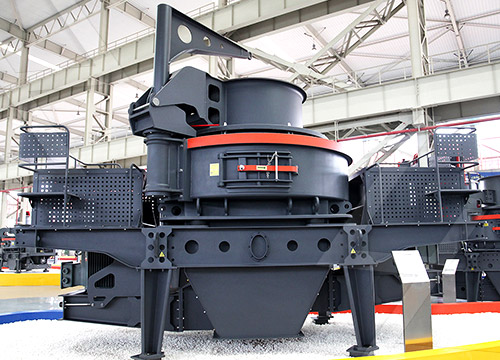An impact crusher is a robust and versatile piece of machinery widely used in the construction, mining, and quarrying industries for size reduction and material shaping. It is particularly suited for crushing various materials, including aggregates, limestone, and even harder ores, delivering uniform product shapes for different applications. The technology behind impact crushers relies on the principle of rapid impact, which generates high-energy strikes to crush materials.

Advantages of Impact Crushers
- High Reduction Ratio: Impact crushers provide a high reduction ratio, meaning they can crush large pieces of material into smaller, more manageable sizes in one pass. This feature is particularly useful in primary crushing applications where materials are typically larger.
- Versatility: These machines can handle various materials, including soft, medium, and even some hard materials, making them highly versatile. Whether used in recycling concrete or crushing natural stones, impact crushers offer flexibility across multiple industries.
- Cubical Product Shape: Unlike other crushers that produce elongated particles, impact crushers often deliver cubical-shaped products. This is highly valued in the construction industry for producing high-quality aggregates used in asphalt and concrete.
- Adjustable Output Size: Most impact crushers allow for adjusting the output size by varying the rotor speed or modifying the gap between the impact plate and the blow bar. This feature ensures the desired material specifications can be met without additional screening processes.
- Cost-Effective: Since impact crushers offer high-efficiency crushing, they are cost-effective in both operational and capital investment terms. Their ability to process a variety of materials in a single machine reduces the need for multiple types of crushers.
Working Principle of an Impact Crusher
An impact crusher works by using impact energy to break down materials. When the crusher operates, the rotor, fitted with blow bars, rotates at high speeds. These blow bars strike the material fed into the crusher, creating impact forces that break the material down into smaller fragments. The materials are crushed further as they are thrown against the crushing chamber’s impact plates. Finally, the crushed material exits the machine once it reaches the desired size, which can be controlled by adjusting the gap between the rotor and the impact plate.
The crushing process involves two main stages: primary crushing where larger feed material is reduced to smaller chunks, and secondary crushing where the material is refined into finer particles. The rapid impact force allows for high reduction ratios, often producing uniform, cubical-shaped particles, which are ideal for aggregate production.
Specifications – Technical Data
| Model | ||||||
| VSI6X1263 | VSI6X1150 | VSI6X1040 | VSI6X9026 | VSI6X8018 | ||
| Central feeding(t/h) | Crushing | 454-486 | 344-368 | 264-283 | 109-117 | 109-117 |
| Re-Shaping | 545-583 | 413-442 | 317-342 | 131-140 | 131-140 | |
| Maximum(mm) | Crushing | ≤50 | ≤45 | ≤40 | ≤35 | ≤30 |
| Re-Shaping | ≤60 | ≤55 | ≤50 | ≤45 | ≤40 | |
| Main shaft speed(r/min) | 900-1200 | 1000-1300 | 1100-1400 | 1200-1500 | 1300-1700 | |
| Power(kW) | 315×2 | 250×2 | 200×2 | 132×2 | 90×2 | |
Any change of technical data shall not be advised additionally.
